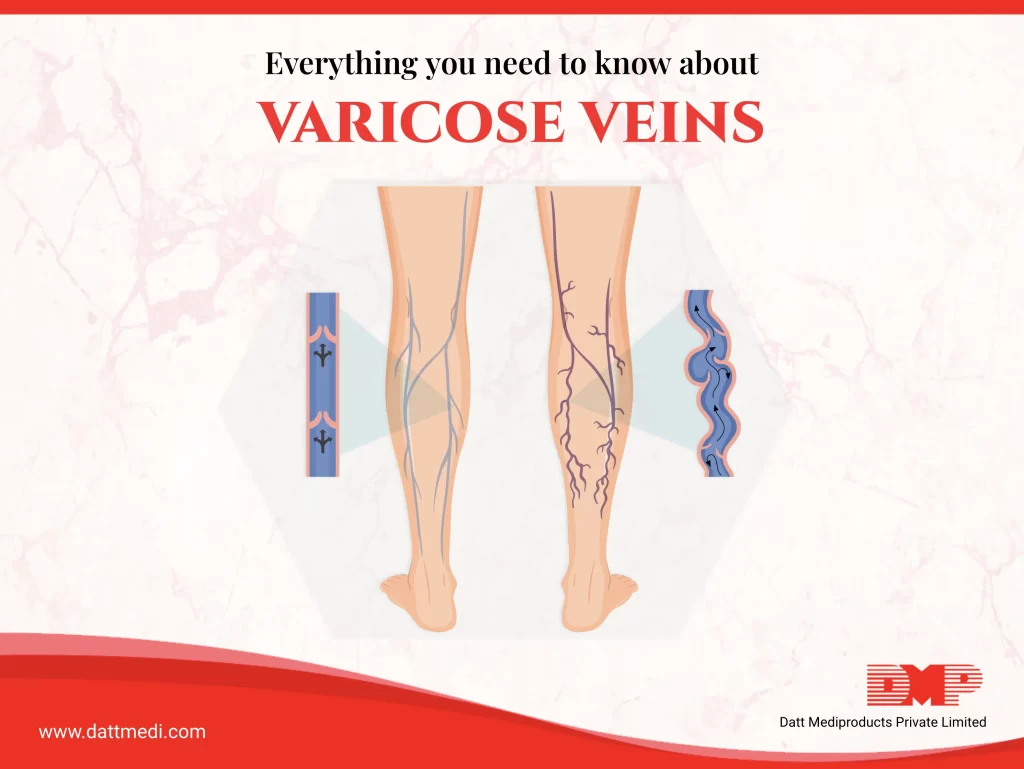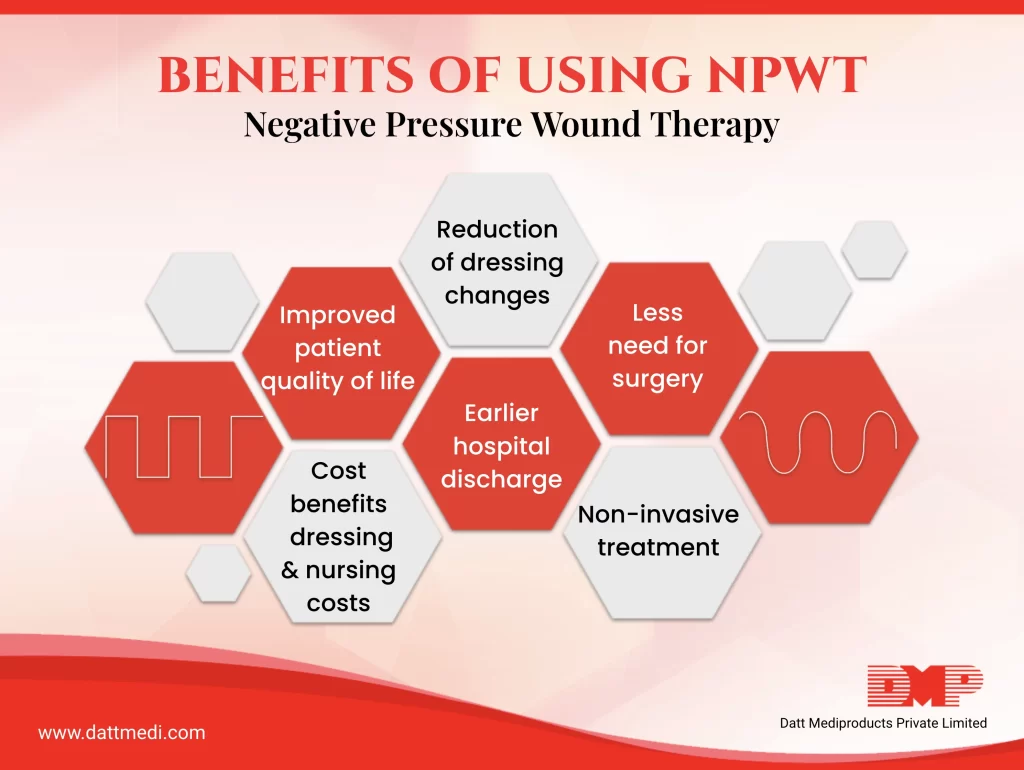
Unveiling the Truth: Debunking Common Wound Care Myths
When it comes to wound care, there’s a lot of advice floating around. Some of it is helpful, while other bits are more myth than fact. Let’s clear up some common wound care myths and get to the truth behind them.
Myth 1: Wounds Need Sunlight to Heal
Fact: While sunshine is great for your mood, it’s not beneficial for healing wounds. In fact, direct sunlight can actually cause burns and damage the tissues that are trying to heal. So, to promote proper healing, keep wounds covered and out of direct sunlight.
Source : Cleveland Clinic
Myth 2: Wound Itching Means Healing
Fact: A bit of itching around a wound can be a sign that it’s healing, but it’s not always the case. Itching might also indicate an allergic reaction or infection. Monitor any itching along with other symptoms to ensure the healing process is on track.
Source : Advanced Tissue
Myth 3: Hydrogen Peroxide is the Best Cleaner for Wounds
Fact: Using hydrogen peroxide to clean wounds can actually slow down the healing process by damaging healthy cells. Instead, stick to gentle cleansing with mild soap and water to keep things clean without causing additional damage.
Source : University of Utah Healthcare & Atlantic Foot & Ankle Specialists
Myth 4: Keep Wounds Dry for Faster Healing
Fact: While it’s essential to keep wounds clean, keeping them too dry can actually slow down the healing process. Wounds heal better in a moist environment, so using dressings to maintain the right level of moisture can speed up recovery.
Source : LifeMD™
Understanding the Importance of Proper Wound Care
Wound care isn’t just about cleaning and covering a wound; it’s about understanding the underlying processes that help your body repair itself. Following evidence-based practices ensures that wounds heal properly and complications are minimized. Here’s why these practices are crucial:
- Preventing Infections: Proper wound care minimizes the risk of infection, which can complicate healing and lead to more serious health issues.
- Promoting Faster Healing: By maintaining a moist environment and protecting the wound, you accelerate the natural healing process.
When to Seek Professional Help
While minor cuts and scrapes can often be treated at home, certain situations warrant professional medical attention:
- Deep or Large Wounds: Significant injuries that penetrate deep into the skin or are extensive in size require medical assessment.
- Signs of Infection: Redness, swelling, increased pain, warmth around the wound, or pus are signs of infection that need medical intervention.
- Delayed Healing: If a wound does not show signs of healing within a reasonable period, it’s important to consult a healthcare provider.
In a nutshell, taking care of wounds isn’t complicated, but it’s important to distinguish fact from fiction. By following evidence-based practices and seeking professional advice when needed, you can ensure your wounds heal properly and without unnecessary complications.



